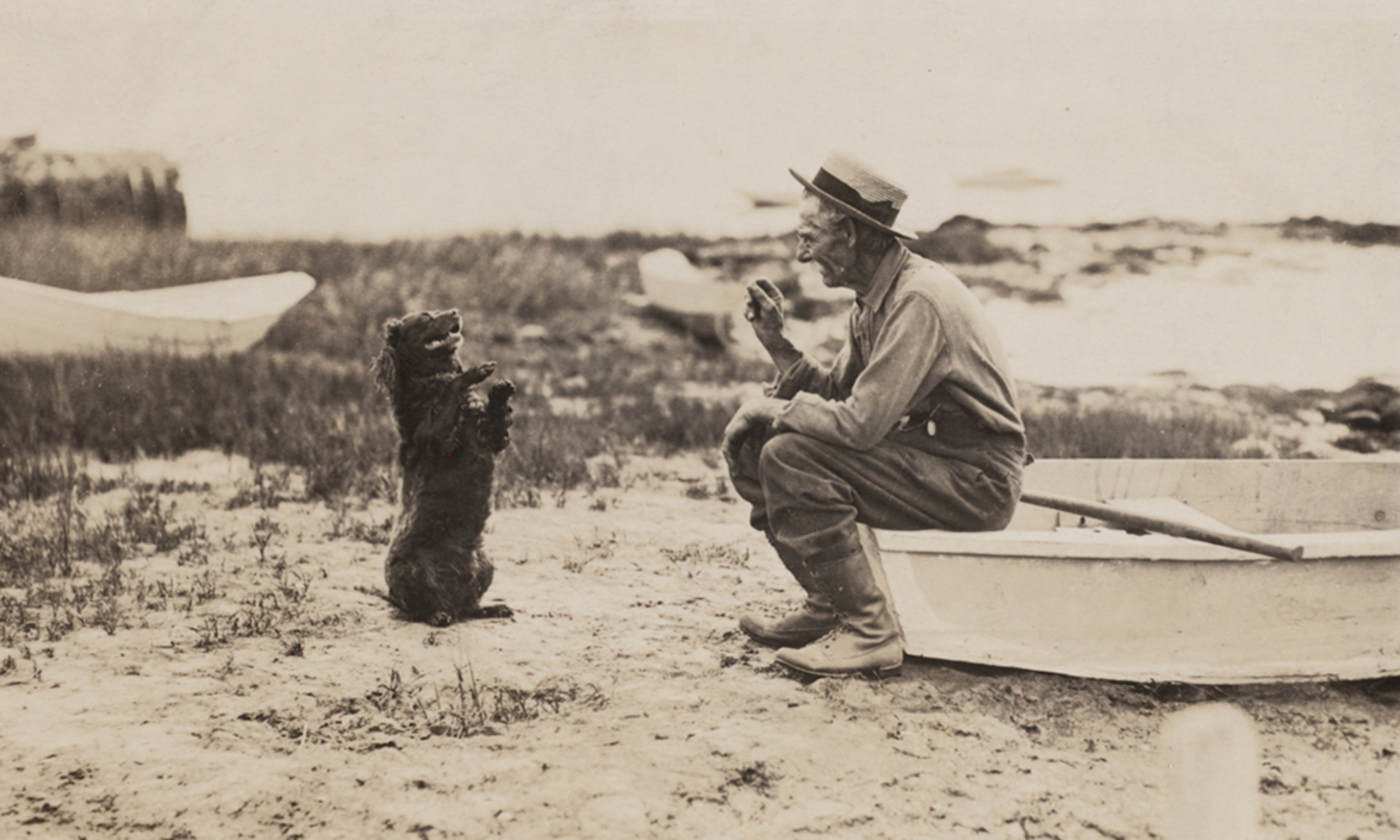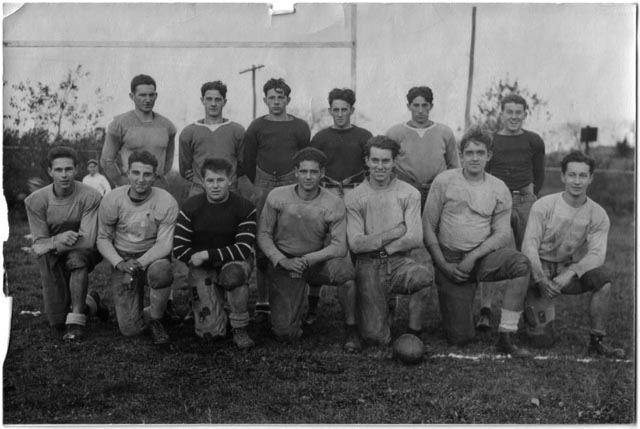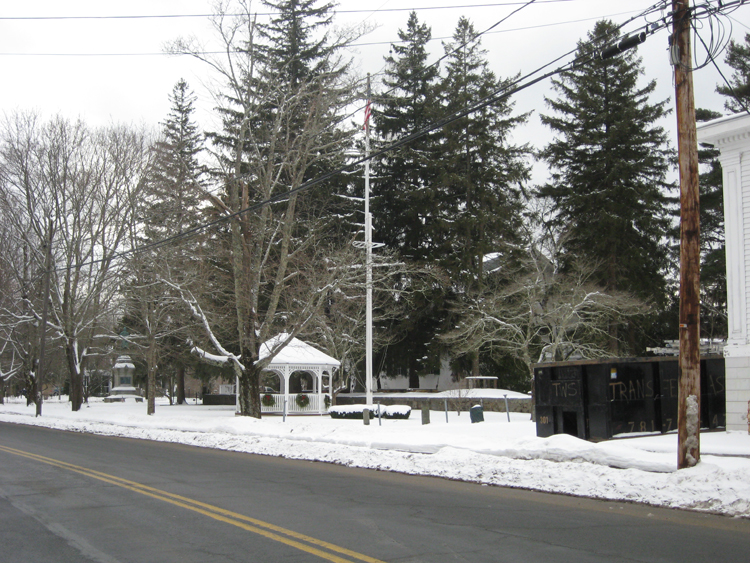Ancestry is one of the many digital resources available through our library. It allows you to search through many types of historical records, including census, military, immigration, and vital records, among others. This makes it a fantastic resource for genealogical research.

Take, for example, this panel card (above) featuring Mary Trow. It’s one of a number of images for which we’ve been able to identify the subject(s), despite it not having a caption.

By simply inputting her name and location in Ancestry’s search fields, I was able to learn a bit about her.
Mary Lewis Trow was born on August 27, 1871 to Charles and Georgianna Trow. She had two younger siblings, Harris (b. October 22, 1876) and Eugenia (b. March 28, 1886). Her father was a printer who was born in Cambridge, MA. They all lived with Georgianna’s father, Daniel Cushman, a ship carpenter.
According to census records, Mary started working as a reporter for the daily paper sometime between 1910 and 1920, an occupation she held for over 20 years. She continued to live with her sister, Eugenia, on Second Brook Street (image below) up until she passed away in 1947.

Just from a name and a location (or more information if you have it), Ancestry can often provide a bounty of information, or at least a starting place for further research.
Full access to Ancestry Library and American Ancestors, another digital resource, is available at the library. Stop by to learn more and to try them out for yourself.
Source: Images from the Local History Room Image Collection (IC7).












